You ever blow out your birthday candles, feel a twinge in your back, and think, “How do tortoises do this for 150 years?” Same. While we’re stocking up on serums, supplements, and biohacking podcasts just to make it to 85 with our joints intact, there are animals out here casually living for centuries—and looking good doing it. No Botox, no gym memberships, no existential dread about turning 40.
The wildest part? Scientists (and their favorite new lab partner, AI) are getting real close to cracking the code behind these animals’ ridiculous longevity. We’re talking jellyfish that reset their age like a video game character, whales with anti-cancer genes, and sharks that chill for 500 years. So if you’re tired of aging like an iPhone battery, let’s take a look at the creatures who are outliving us by centuries—and what they might be about to teach us about staying young forever.
1. The Greenland Shark – Up to 500 Years
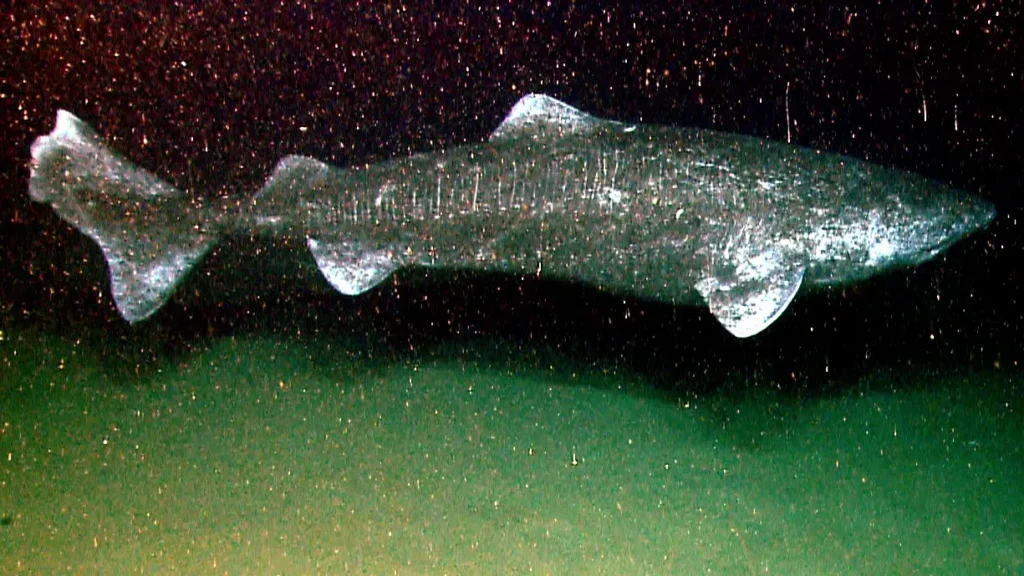
If the ocean had a cranky but wise grandpa, it would be the Greenland shark. These slow-swimming sea legends can live for up to five centuries, meaning there are sharks out there older than Shakespeare. And no, that’s not a typo. These sharks live in icy waters and move at a glacial pace—literally—which scientists think may be the key to their incredible longevity.
According to The BBC, researchers discovered that one Greenland shark they studied was at least 392 years old, give or take 120 years. That makes it the longest-living vertebrate ever recorded. They reach sexual maturity at around 150, which is wildly relatable if you’ve ever felt like a late bloomer. What’s wild is their cells show almost no signs of aging, and now AI-assisted models are being used to study their proteins and DNA repair mechanisms. In other words, these sharks might hold the cheat code to human aging. Slow, mysterious, and kind of a big deal—basically the ocean’s version of a silver fox.
2. The Ocean Quahog – 500+ Years
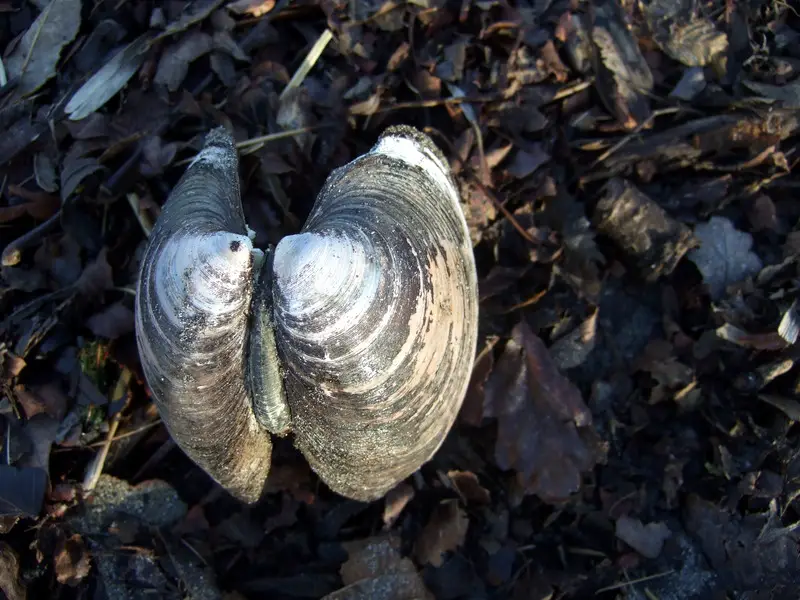
Imagine being a clam and still managing to outlive entire empires. The ocean quahog, a type of bivalve mollusk, holds the record for the longest-living non-colonial animal ever discovered. One particularly sassy clam, nicknamed “Ming,” was determined to be over 500 years old before scientists—whoops—accidentally killed it during analysis. Tragic, but iconic.
Ming was born in 1499. Yes, the same year da Vinci was doodling helicopters. As How Stuff Works reports, researchers now believe that the quahog’s incredibly slow metabolism and cold-water lifestyle help protect it from cellular damage. AI models are being trained to analyze these metabolic rates and how they correlate with age resistance in different species. It’s like this clam is telling us, “Shhh, breathe slower. Live longer.” Lesson learned, bivalve king. You truly clam up to glow up.
3. The Bowhead Whale – 200+ Years

The bowhead whale is the Arctic’s chonky, long-living icon. These massive creatures can live more than 200 years, which means they’ve been swimming around since before the invention of the lightbulb. And get this—they get healthier with age. No midlife crises, no suspicious supplements, just Arctic grace and bulletproof DNA.
As highlighted in PubMed Central, scientists discovered that bowhead whales have unique genetic mutations that support DNA repair and cancer resistance. Some of those genes are now being studied with the help of machine learning to see if similar longevity pathways could be applied to humans. Basically, we’re trying to decode their secret sauce using AI—and fingers crossed, it’s not just “be really big and live in freezing water.” The whales are doing everything right, aging-wise. They’re out there sipping krill and minding their business while we’re on our third oat milk latte and Googling “anti-aging face yoga.”
4. The Rougheye Rockfish – 200 Years

This tiny fish doesn’t look like much, but it’s living its best life for two full centuries. The rougheye rockfish, found in deep, cold Pacific waters, casually clocks in lifespans of 200+ years like it’s no big deal. And while its name sounds like a bad contact lens day, this fish is actually a total aging icon.
Scientists believe their extreme longevity is tied to slow growth, deep-sea pressure, and unique genetic traits that limit oxidative damage—basically, they don’t “rust” like we do. As The National Library of Medicine covered in their exploration of animal longevity, these fish are now part of ongoing AI-assisted studies into mitochondrial resilience. The goal? Figure out how their cells stay so chill for so long. Because if we can learn how to preserve our cells like that, we might finally break up with premature aging. It’s giving “Benjamin Button but chill underwater vibes.”
5. The Aldabra Giant Tortoise – 150+ Years
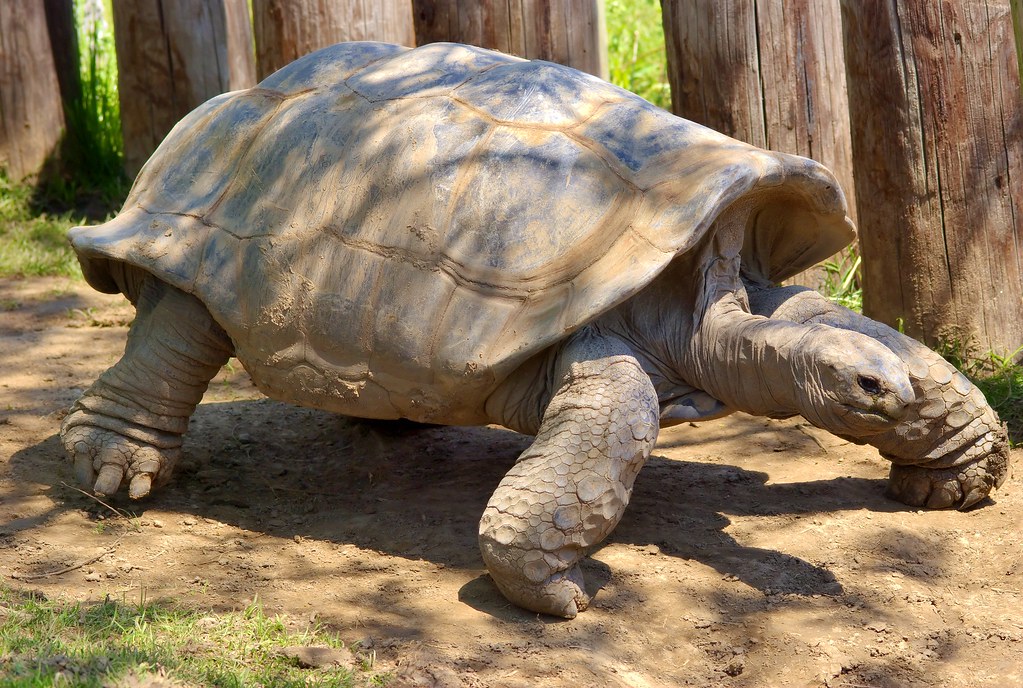
Honestly, we should’ve known the slowest animal might also be the wisest. The Aldabra giant tortoise is the ultimate symbol of “don’t rush me, I’m aging in peace.” These gentle giants can live well past 150 years, and some individuals are believed to be pushing 200, according to Nature. And they do it all with that unbothered, slow-motion energy that screams “I have all the time in the world.”
One famous tortoise named Adwaita reportedly lived to 255, though that number’s debated. What’s not debated is how tortoises age like chilled wine—gracefully and with almost no age-related disease. Studies now use AI to analyze their gene expression and stress resistance patterns, with hopes of finding pathways we can copy. These creatures don’t just resist aging—they practically ignore it. It’s the tortoise version of a soft-life aesthetic: long naps, leafy greens, no drama. Teach us your ways, oh wise shelled one.
6. The Red Sea Urchin – 200+ Years
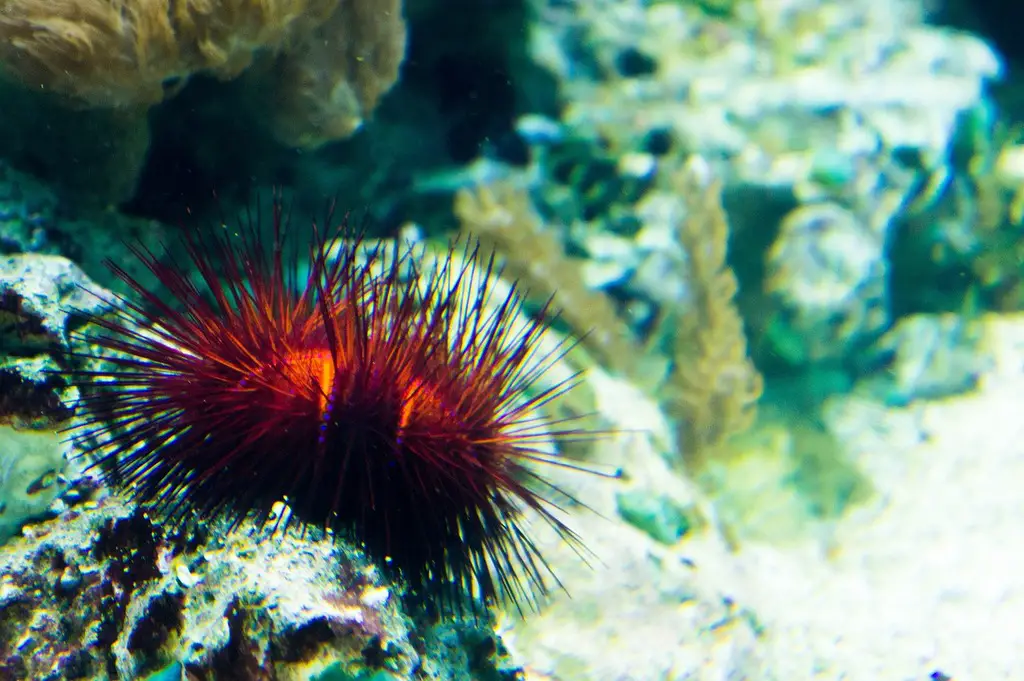
Red sea urchins are basically the punk rockers of the tidepool, rocking spiky armor and living for over 200 years without a care in the world. Despite their edgy exterior, these little guys age extremely slowly. Their cells don’t seem to follow the usual script of wear and tear. Like, imagine your skin staying smooth and fresh well into your bicentennial birthday. That’s the red sea urchin vibe.
What’s especially wild is that they keep reproducing even in extreme old age. No menopause, no slow fade—just endless spawning and minding their own business on the ocean floor. Scientists are fascinated by how they avoid cellular damage for so long, with barely any signs of the usual degenerative diseases. Their entire lifestyle is a low-stress, high-longevity kind of deal. No predators, no fast living—just chill, eat algae, and never die. They’re basically the ultimate proof that living slow might actually be the secret to living long.
7. The Koi Fish – 200+ Years

Koi fish might just be the fountain-of-youth mascots of backyard ponds everywhere. While most koi live 20-30 years, certain legends among them have been recorded living over 200 years. One koi, named Hanako, reportedly lived to the ripe old age of 226. And she did it while looking like every other koi at the garden center.
These fish don’t age like we do; they have very slow metabolisms and low stress levels. No emails, no traffic, no existential dread—just slow swims and good vibes. They’re also super resilient and tend to avoid common age-related diseases. People believe their peaceful environment and stress-free life play a major role in their longevity. Basically, koi fish are living the dream: long life, low expectations, and someone else feeds you. Sounds pretty ideal.
8. The Tuatara – 100+ Years
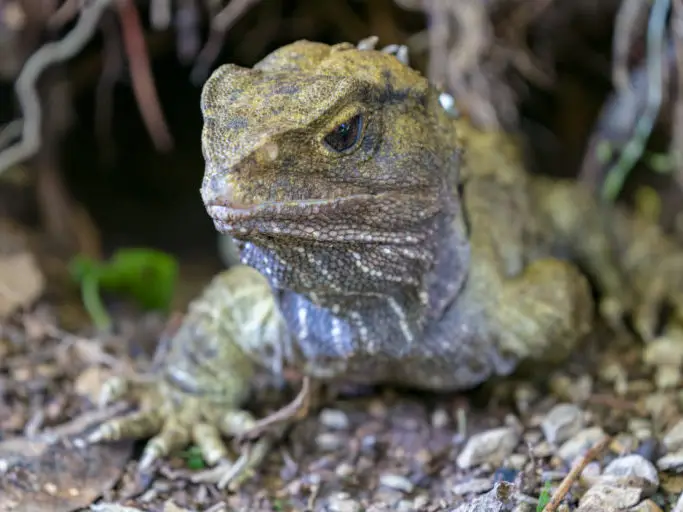
At first glance, the tuatara looks like your average lizard. But surprise—it’s not even technically a lizard. It’s the last surviving member of a group that walked the Earth with dinosaurs. Tuataras have been doing their own thing for over 200 million years and routinely live over 100 years today.
They grow slowly, reproduce slowly, and apparently just take their sweet time doing everything. Some tuataras don’t even start reproducing until their 60s. Can you imagine hitting peak fertility after collecting Social Security? They age at such a slow rate that scientists can barely detect age-related decline at all. It’s not immortality, but it’s very unbothered aging. And we could all use a little of that ancient energy.
9. The Hydra – Potentially Immortal

If nature had a glitch in the matrix, it would be the hydra. These tiny freshwater creatures never seem to age. Like, ever. Scientists have observed that hydras can regenerate indefinitely and show no signs of senescence—aka the gradual breakdown we call aging.
If you chop one in half, it just grows back into two. If that sounds a little too Hydra-from-Marvel, well… they basically are. The real-life hydra uses a continuous supply of fresh stem cells to stay forever young. No sagging skin, no creaky joints—just an eternal youth loop. Some researchers think understanding how they manage cellular regeneration could help us unlock human longevity. But fair warning: if we all start sprouting extra limbs, you’ll know where it came from.
10. The Macaw – 80 to 100 Years
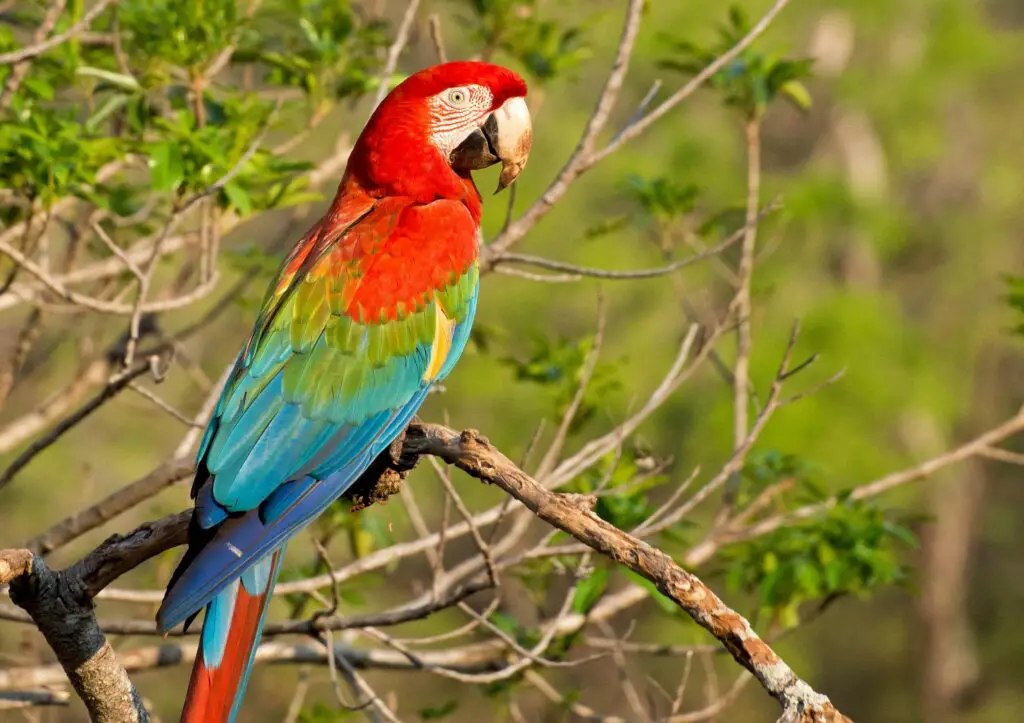
Macaws aren’t just the sassiest birds at the zoo—they’re also among the longest-living birds on Earth. Some species, like the blue-and-yellow macaw, can live 80 to 100 years with proper care. That’s enough time to outlive their owners and their owner’s kids. These birds are basically winged grandparents with a love for chaos and bright colors.
What’s even cooler? They maintain sharp minds and social energy well into old age. Macaws don’t just survive, they thrive—singing, squawking, mimicking, and stirring the pot for decades. They’ve got the charisma of a rock star and the memory of your childhood babysitter. Their secret? A combo of healthy diets, mental stimulation, and ridiculously good genetics. It’s bird goals, honestly.
11. The Blanding’s Turtle – 70 to 100+ Years

If turtles had a chill competition, the Blanding’s turtle would win, hands down. These slow-moving reptiles can live well over 100 years and keep things low-key their entire lives. They have a perpetually happy-looking grin and an attitude that screams “no rush, no worries.”
Even as they age, they continue to reproduce and stay active. Unlike humans, who peak and then coast downhill, Blanding’s turtles seem to hit a plateau of awesomeness and just stay there. Their longevity is partly due to slow metabolism and a lack of natural predators. Also, their bodies are great at repairing damage over time—sort of like if your phone battery never degraded. They’ve become a conservation icon because of how rare and special they are. And let’s be honest, we all secretly want to live slow, long, and grinning like a turtle.
12. The Orange Roughy – 150+ Years

The orange roughy might sound like a funky smoothie, but it’s actually one of the ocean’s slowest-growing, longest-living fish. These deep-sea dwellers can live for over 150 years—and they don’t even reach adulthood until around 30. That’s a whole lifetime of awkward teen fish years before they even start dating.
Their secret? Cold water, slow metabolism, and a no-stress lifestyle hundreds of meters below the surface. They age like rocks—super slowly and without a whole lot of visible change. Unfortunately, that’s also why they’re super vulnerable to overfishing. Still, their freakish lifespan has made them a hot topic in age research circles. If we figure out how their proteins stay so fresh, we might someday age like fish, not fruit.
13. The Elephant – 60 to 80 Years (and Full of Wisdom)

Okay, so elephants don’t outlive humans technically, but the quality of their aging is so impressive, they deserve a shoutout. These gentle giants maintain strong social bonds, pass down knowledge, and even show signs of grief, empathy, and problem-solving well into their golden years.
They’ve been spotted guiding younger elephants, recognizing distant calls from old friends, and even avoiding areas where family members died—years later. Aging for elephants is less about decline and more about leveling up in emotional intelligence and social clout. They also tend to die naturally, without a long list of chronic conditions weighing them down. Their secret sauce? A mix of strong communities, mental stimulation, and low-stress living in their natural habitat. Honestly, it’s the most wholesome aging plan we’ve ever seen. Elephants remind us that living long is cool, but living well is where it’s really at.

